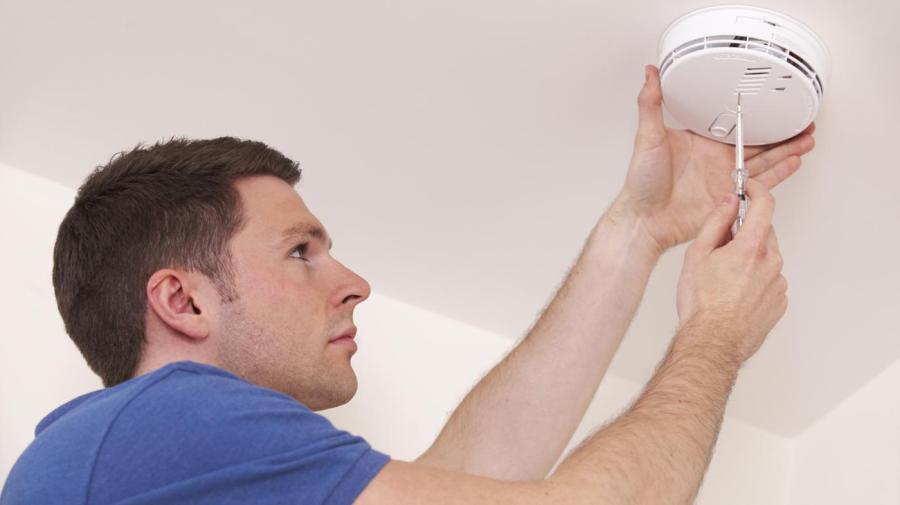What Do You Do When a Carbon Monoxide Alarm Goes Off, Then Stops?

When a carbon-monoxide alarm goes off and stops, it is safest to take precautions by opening windows for ventilation, turn off appliances that run on gas, and remove everyone from the house. Check occupants for signs of carbon-monoxide poisoning. Symptoms include headaches, dizziness, nausea and vomiting. Contact 911 for emergency assistance if these symptoms are present. Remain out of the house until professionals determine that it is safe to re-enter.
According to ADT, a carbon-monoxide alarm must never be ignored, once it makes a sound. Because carbon-monoxide gas is odorless and colorless, ventilation and leaving the building are the best steps to take after hearing the alarm. If there is any uncertainty about what is causing a carbon-monoxide alarm to beep, and everyone has been evacuated safely from the residence, contact the non-emergency number for the local fire department, and request immediate assistance.
If gas poisoning symptoms are not present, listen to hear if the alarm is making a beeping noise every couple of minutes. This chirping noise indicates the alarm batteries are running down, and they need to be replaced. If this is the issue, change the batteries immediately. A carbon monoxide alarm is also triggered when someone presses the test button. Ask household members if they pushed the test button, in order to rule out that possibility.





